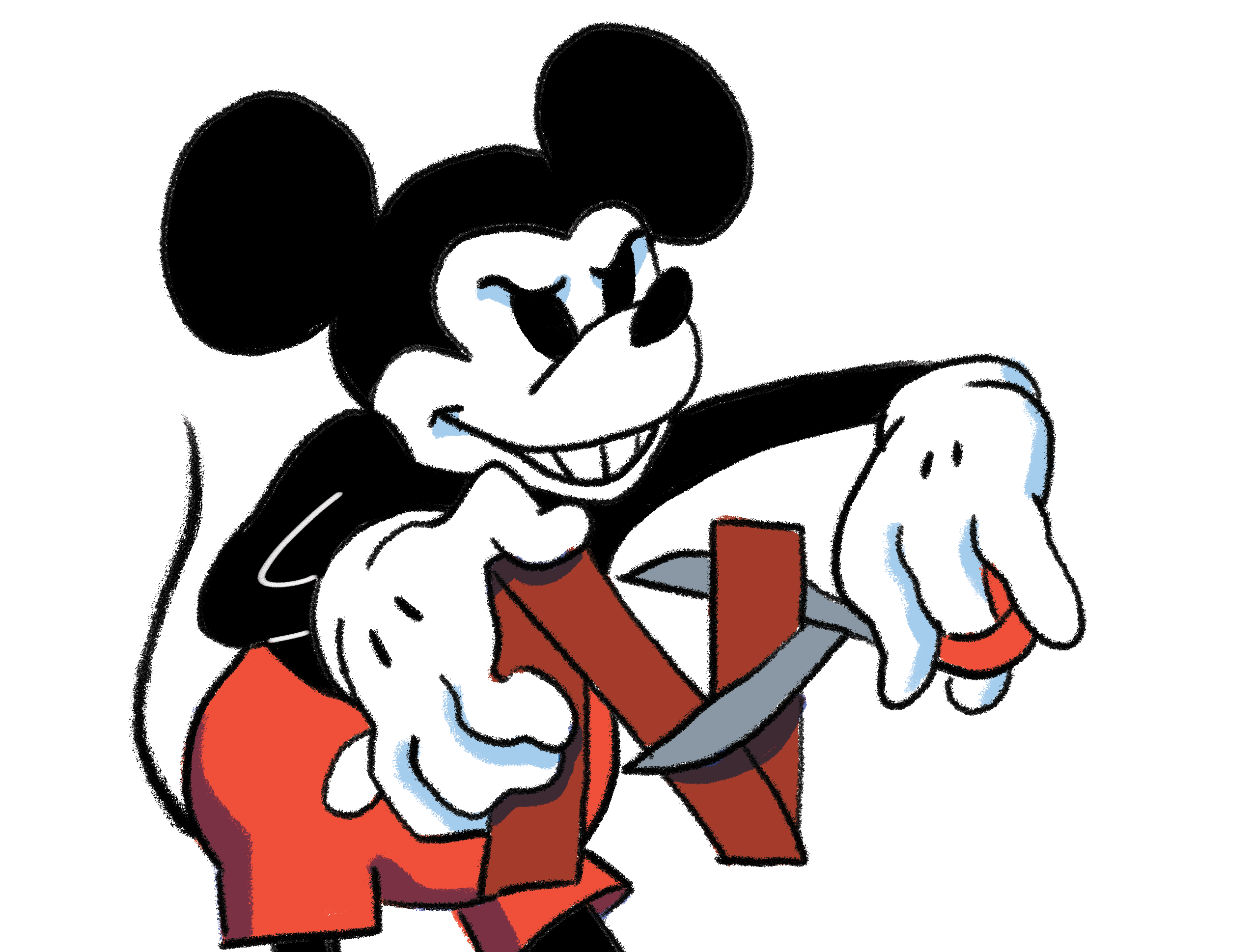
So far, November has been one of the biggest months for TV and film in 2019. The fourth season of “Rick and Morty” dropped on Nov. 10, and “Frozen 2” is set to release on Nov. 22.
But more importantly, both Disney and Apple have released their new streaming services Disney+ and Apple TV, respectively. New to the on-demand streaming scene, both companies have made it crystal clear that they are here to take the market share away from streaming juggernaut Netflix.
Netflix and its 158 million paid subscriptions have a 37% market share over the entire internet as of 2018, according to Statista. The ubiquitous red “N” in a black box garners a revenue of nearly $16 billion from their packages.
But even before the new streaming platforms hit the market, Netflix has to worry about its main rival, Hulu. With an estimated 82 million users in 2019, the multiple company-owned Hulu is one of the few companies that pose a serious challenge to Netflix in the streaming marketplace, especially with the $4.99 a month student package with Spotify Premium and Showtime included.
Even with Hulu on its coattails, Netflix was never worried about losing its market share until now.
In a letter to investors in early October, the company stated, “While the new competitors have some great titles (especially catalog titles), none have the variety, diversity and quality of new original programming that we are producing around the world,” seemingly recognizing the situation they will be exposed to in the coming months. They also reported that they didn’t make subscriber growth goals for the third quarter, and they likely won’t make it for fourth quarter.
While it doesn’t look good for Netflix, and the Disney-owned Hulu won’t be concerned, for us, this is a great thing. Competition in the market is one of the greatest things for the consumer.
Netflix has been steadily rasing prices for a few years, mostly to finance their ever-increasing offerings of original programming. But now that Apple TV is entering at $4.99, with a year free if you buy a new Apple device, and Disney+ comes in at $6.99 month or $69.99 for the year package, these lower prices models would likely encourage Netflix to decrease prices.
But it’s the future that could even further support students but less in the monetary department. Much like how cable works nowadays, packages are likely down the pipeline right now. And we are already getting a taste of that system already.
Earlier this month, Disney announced that they will be offering a bundle package of Disney +, Hulu and ESPN+ for $12.99 a month, which is the same price as Netflix’s cheapest package.
And frankly, that’s a deal I can get behind. Now, I can watch Marvel movies, “Grown-ish” and the failure of the New York Giants all on the same day for one price. And then you can split that even further with your friends and family.
Netflix needs to change the current model if it wants to survive the influx of new streaming services because while this new diversity of services is great for students, it could mark the end of Netflix.
